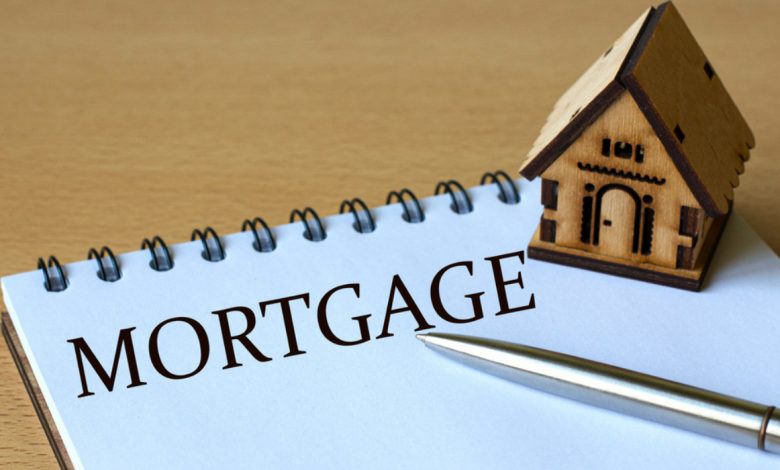A Complete Guide to Lowering Mortgage Loan Interest Rates

If you own a property and need immediate funds, a mortgage loan is a simple, reliable, and comparatively inexpensive way to raise money. Most aspiring borrowers often perceive a property as being of value only in fetching rental income or selling it off at an appreciated price. It is often overlooked as an asset when raising funds for personal or business expenses. If you need a significant amount of funds, you can unveil the dormant potential of the property and raise funds at a comparatively lower interest rate compared to a personal loan. A mortgage loan is also known as a property loan or a loan against property.
What Are Mortgage Loan Interest Rates?
There are two kinds of interest rates levied on mortgage loans. You need to study the interest rate choices before making the final decision.
Fixed Rate of Interest: The mortgage loan interest rate remains the same for the entire duration of the loan. Lenders typically offer this type of interest rate for a pre-specified house mortgage loan tenor, and many may not offer this as an option for a loan against property.
Floating Rate of interest: The property loan interest rate changes per prevailing market rates. As the rate changes and is based on fluctuating market conditions, it isn’t possible to predict a typical interest rate.
The floating interest rate is linked to the marginal cost of the funds-based lending rate (MCLR). The rates are typically published on the financial lender’s website and could also change periodically. In general, the mortgage loan interest rate on this type of loan could range from 11% to 15% annually.
How Do the Interest Rates Affect the EMI?
The floating interest rates could change regularly, depending on your financial lender, leading to a potential change in your EMIs as well. You may, however, choose to let your loan EMI amount remain unchanged by changing the loan tenor. The longer the tenor, the lower the monthly EMIs burden will be. If there’s a change in the property loan interest rate, you are going to be notified in advance by your lender. If you have chosen to repay the loan with post-dated cheques, you’ll need to pay the difference between the existing loan against the property interest amount and the new interest amount separately.
Your loan EMI may also get changed if you choose to make a partial pre-payment on the ongoing loan. Full prepayment of a loan is possible in several cases. When making any kind of prepayment – be it partial or full – keep in mind that the prepayment is subject to the terms and conditions of the property loan regarding the charges.
Top Five Tips to Lower Your Mortgage Loan Interest Rates
1. Opt for a Shorter Tenor
Your loan tenor is one of the key factors responsible for the interest you’re supposed to pay. Though longer tenors, say 25 to 30 years, will cut down the monthly EMI amount, shorter tenors, say 10 to 15 years, will help lower the overall loan interest payable. You can see for yourself how the loan interest gets lowered drastically for loans that have shorter tenors by using a mortgage loan EMI calculator. So, before signing up for a loan, pick the tenor wisely so that you do not end up paying a higher interest against your property loan.
2. Prepayments Are a Good Option
Lenders do not charge prepayment or mortgage loan foreclosure charges on floating rate loans. So, if you have signed up for a property loan, try to make some prepayments periodically. That’s because, during the first few years of your loan, you pay more towards the interest compared to the payments made toward the property loan principal amount. Making frequent loan prepayments will substantially bring down the principal loan amount, thereby reducing the total interest. However, note that financial lenders tend to charge a percentage on fixed rate property loan prepayments. So, it’s a good idea to check with the chosen financial lender to know the property loan prepayment charges that you might have to incur.
3. Compare Mortgage Loan Interest Rates Online
It is imperative to do thorough research on property loan products and compare the interest rates before deciding on a particular lender or product. There are multiple third-party websites that can offer a clearer image of the rates and other charges levied by various lenders. So, it’s a good idea to compare the home loan interest rates for all lenders first and then decide on a particular lender or home loan product.
4. Try and Pay More as Loan Down Payment
Most banks and other financial institutions finance 75% to 90% of the property’s total value. You are required to contribute about 10% to 25% of the remaining property cost. However, instead of paying the least as down payment, it is always a good idea to contribute more from your pocket as down payment. The higher you pay initially, the lower will be your loan amount, which reduces the interest you will be required to pay.
5. Increase the EMI
There are lenders who permit you to revise your installment every year. So, if you have switched jobs for a higher salary, you can choose to go with higher EMIs to reduce the loan tenor. And once the tenor is lowered, the overall property loan interest that you must pay against your loan is also likely to lower substantially. Check with your lender whether they can offer such options.
We hope this guide helps you. If you have more queries, you can write to us.




